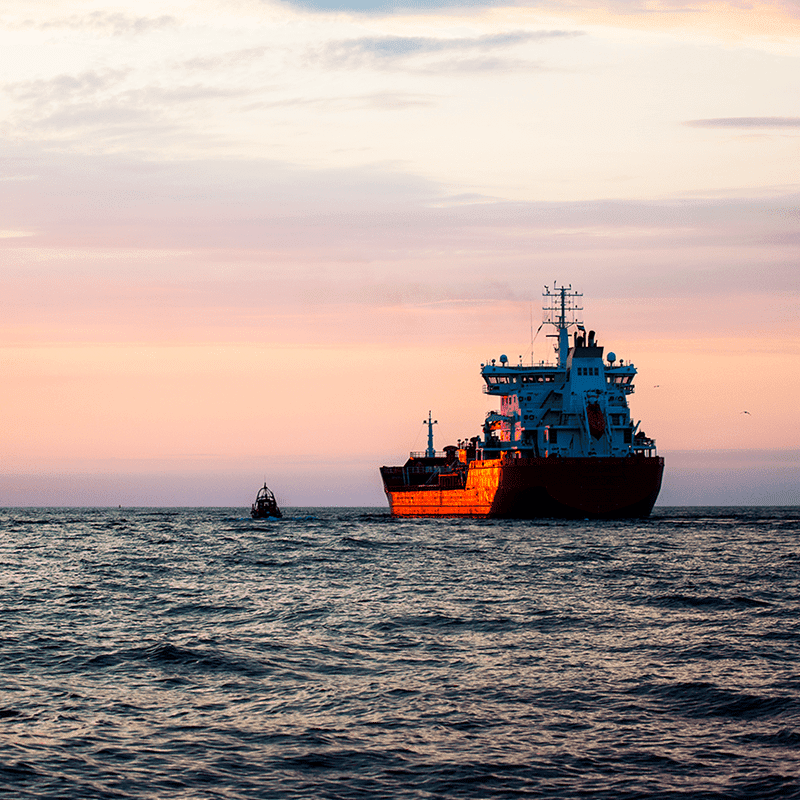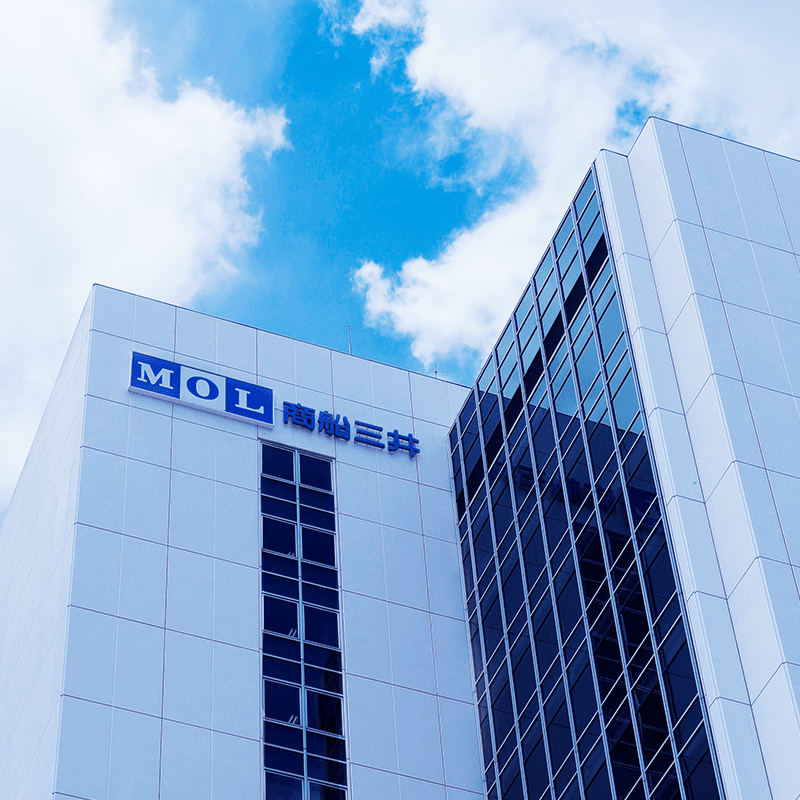BLOG
The Time Will Come When Even the Latest Built Vessels Will Have Sails: Wind Challenger (Part 2)
- Energy
- General Shipping
2024.04.02
In this blog series, we take a closer look at the appeal of the Wind Challenger. Following the first part, where we mainly explained the characteristic of the hard sail, in this second part we will introduce the background behind why we focused on sails, and the challenges we overcame during the development stage and the related technologies.
Please click here for the first part →The Time Will Come When Even the Latest Built Vessels Will Have Sails: Wind Challenger (Part 1)
The Technological Innovation of New Materials and IT has Made the Once Abandoned "Commercial Vessel with Sails" Possible
The GHG Emissions from International Maritime Transportation is Equivalent to that of Germany
In the evolving landscape of maritime sustainability, technological innovations are reviving the concept of " Commercial Sailing Vessels". The selection of the Shofu Maru as the "Ship of the Year 2022" reignited interest in sail-equipped vessels, a concept dating back to the late 1970s in response to the then oil crisis. The tanker “Shin Aitoku Maru”, constructed in 1980, incorporated computer-controlled automation for sail management, potentially saving up to 50% in fuel. However, the technology did not become widespread due to high initial construction costs, reduced cargo capacity due to the need for ballast tanks under the cargo tanks, and the stabilization of oil supply and reduction in fuel prices.
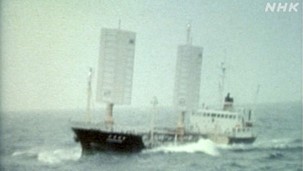 Shin Aitoku Maru, developed against the backdrop of the oil crisis
Shin Aitoku Maru, developed against the backdrop of the oil crisis
The renewed focus on sails is not geopolitical, but stems from the urgent need to address global environmental challenges, specifically reducing GHG emissions from vesselping. According to the UN’s International Maritime Organization (IMO), about 90% of global trade volume is transported by vessels, emitting approximately 700 million tons of CO2 annually, which is 2.1% of the world's total emissions, or equivalent to that of Germany. In July 2023, the IMO's Marine Environment Protection Committee unanimously adopted an enhanced target of "GHG emissions zero by around 2050".
Crucially, recent advancements in materials and IT technologies have rekindled the feasibility of hard sails. Pioneering this resurgence is Kazuyuki Ouchi, a former MOL vessel engineer and special appointee professor at the University of Tokyo. Starting in 2009, when Mr. Ouchi became a special appointee professor, research revalidating the environment efficacy of sails was initiated, leading to the practical application of the Wind Challenger through three phases of projects beginning 2017 and culminating in the creation of the vessel known as the "Shofu Maru".
Kensuke Mizumoto, the Senior Coordinator in the Technical Development Planning Team, underscores the significance of the Shofu Maru: "While the Shofu Maru is a fairly standard bulk carrier in terms of the vessel itself, its most significant feature lies in it being equipped with the latest scientific knowledge and technology, namely the Wind Challenger."
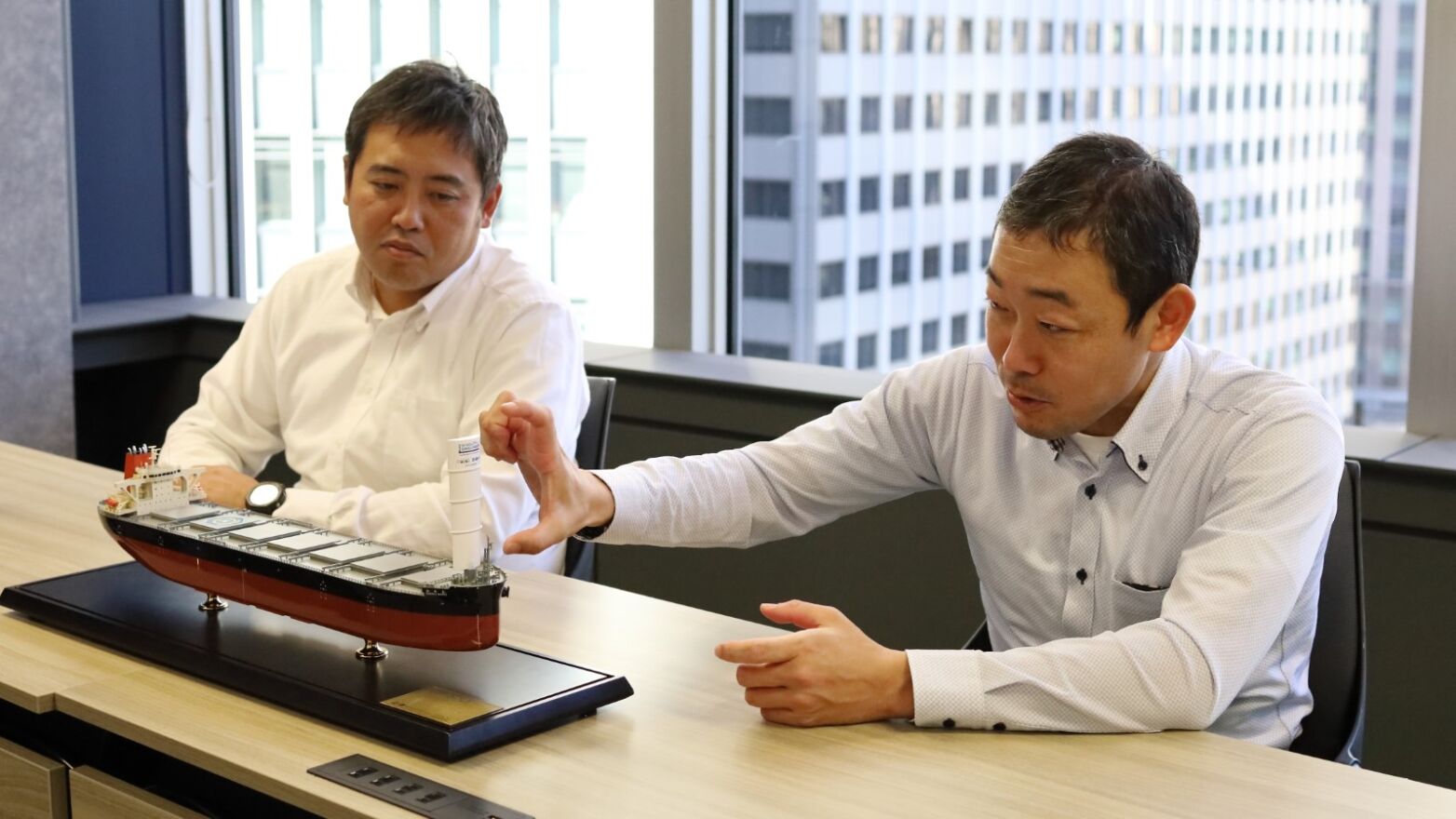 Kensuke Mizumoto, Technology Development Planning Team, Technical Division
Kensuke Mizumoto, Technology Development Planning Team, Technical Division
The Art of Combining: Existing Technology Brings High Reliability to Innovative Technology
The biggest factor making the Wind Challenger possible was the adoption of materials that were not available in the era of the Shin Aitoku Maru. When we think of sails, we imagine canvas, but the sails of the Wind Challenger are made of steel and aluminum as beam structure, and most of the surface is covered with GFRP (Glass Fiber Reinforced Plastic). FRP is Fiber Reinforced Plastics, which as its name suggests, is a plastic reinforced with fiber material, and GFRP is a material impregnated with plastic in glass fiber.
Each GFRP panel is a rectangle of 11 meters by 2 meters, which is bolted to the beam structure of each expanding section. During the manufacturing process, a lot of care is taken in molding the unusually long GFRP to ensure accuracy.
The proportion of GFRP in the total surface area of the sail exceeds 90%, but its weight is only about 10% of the total weight. This demonstrates how a lightweight and durable structure was created with GFRP. Additionally, the bottom section of the sail is made entirely of iron to withstand the impact of waves (blue waves) during rough weather.
Wakabayashi further discusses the importance of utilizing a combination of existing technologies. The GFRP material, the rotating mechanism of the base that supports the sail, and even the vessel itself are existing technologies, which together can ensure high reliability.
"Existing technologies have known wear patterns and lifespan. By combining these existing technologies with the innovative idea of hard sails, we were able to achieve extremely high reliability and stability with the technology. The fact that the Shofu Maru has already completed six voyages without any major problems and is demonstrating a high operating rate reflects the advantages of combining technologies."
 Installation work of FRP panels
Installation work of FRP panels
Another aspect that was not available in the oil shock era is the dramatic improvement in IT, especially in automatic control and autopilot technology. In the Wind Challenger, wind direction and speed are sensed in real time, and the extension and rotation of the sails are all automatically controlled.
In addition, we have independently developed a system that maps the optimal route to the destination using favorable winds. The "Weather Routing System", a system for finding the optimal route, is now generally used. In the original system, based on weather forecast data, it can search for a route that maximizes fuel savings by utilizing the propulsive assistance of the sails of the Wind Challenger. This system enables an automatic search for routes that can reduce fuel consumption more than the great circle route, which is the shortest distance to the destination.
The software that maximizes the function of the hard sail is also essential for GHG reduction.
 The route image when using the Weather Routing System exclusive to Wind Challenger
The route image when using the Weather Routing System exclusive to Wind Challenger
What is the vision that we, MOL, aim to achieve through the Wind Challenger?
Stay tuned for the final installment, "The Time Will Come When Even the Latest Built Vessels Will Have Sails: Wind Challenger (Part 3)".
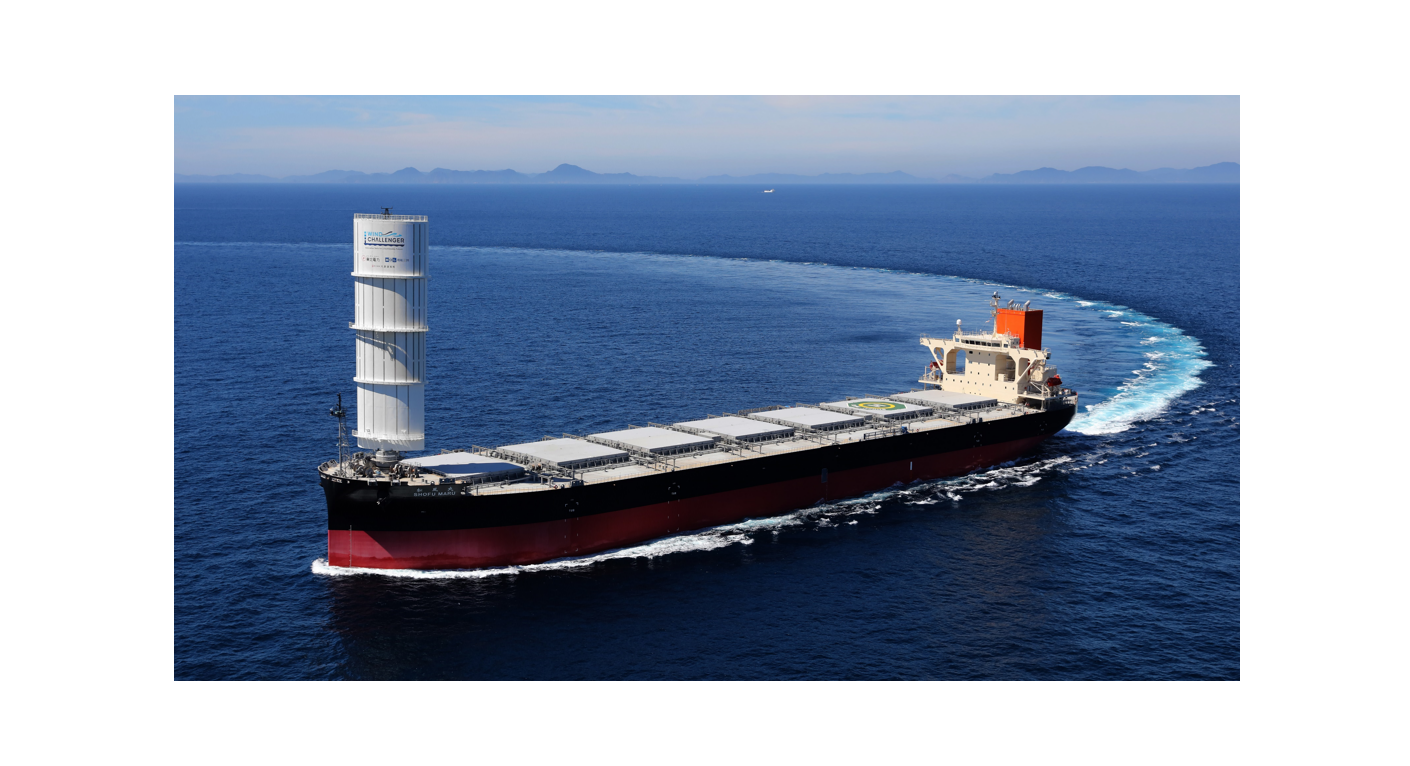
The Time Will Come When Even the Latest Built Vessels Will Have Sails: Wind Challenger (Part 1)

The Time Will Come When Even the Latest Built Vessels Will Have Sails: Wind Challenger (Part 3)
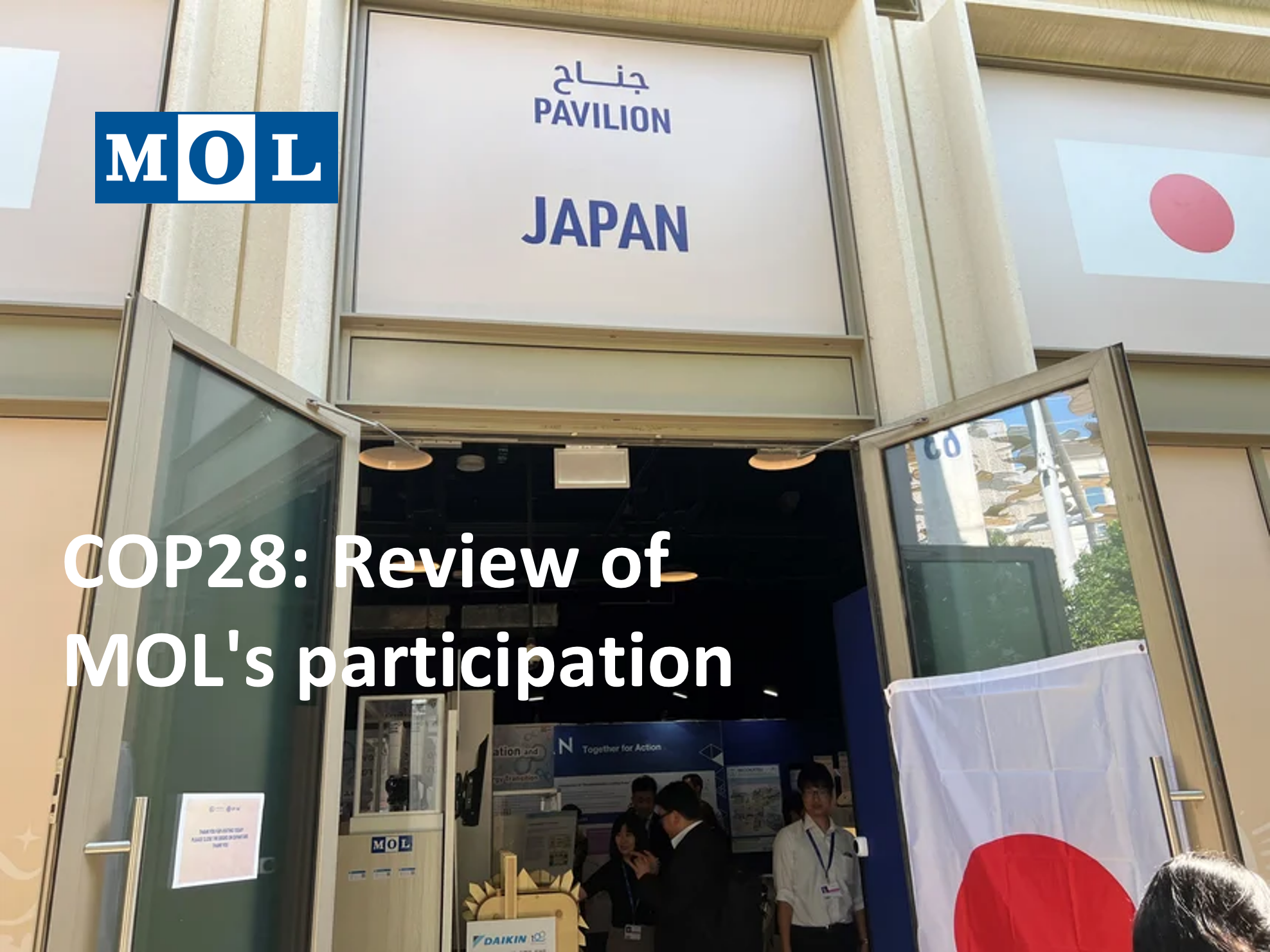

Recommended Articles
2022.07.05
- General Shipping
2021.04.13
- Energy
2023.12.19
- General Shipping
2021.08.07
- Eco Friendly
2025.03.18
- General Shipping
Latest Articles
2025.12.09
- Eco Friendly
- General Shipping
2025.12.03
- General Shipping
2025.11.20
- Energy
- General Shipping
- BLOG
- The Time Will Come When Even the Latest Built Vessels Will Have Sails: Wind Challenger (Part 2)

